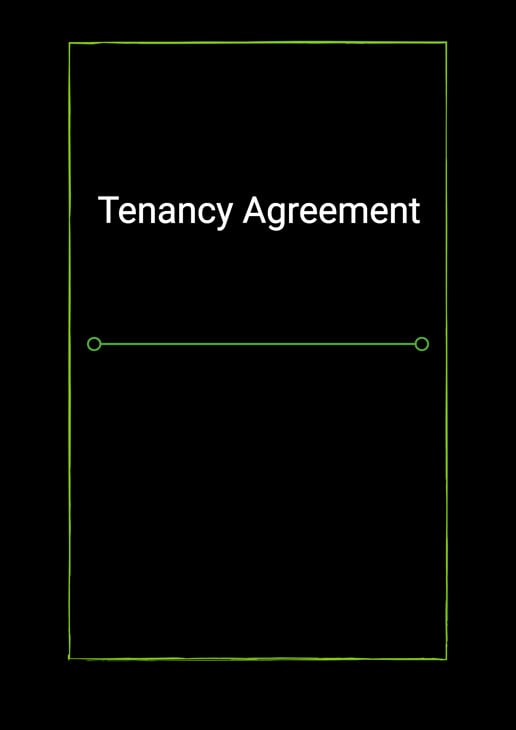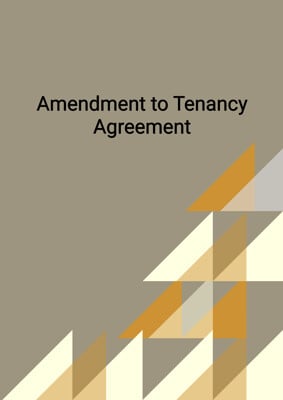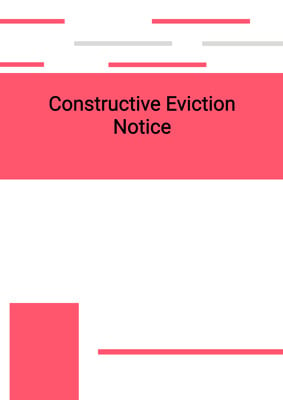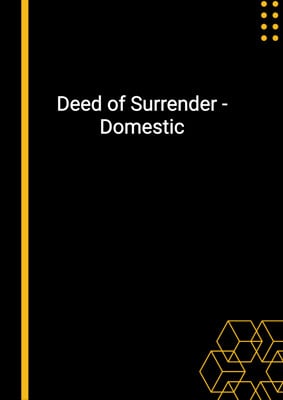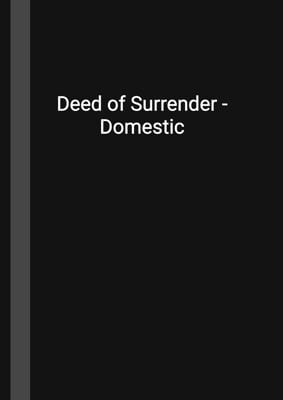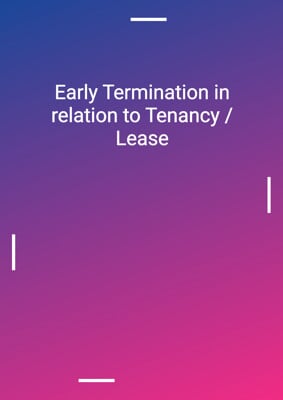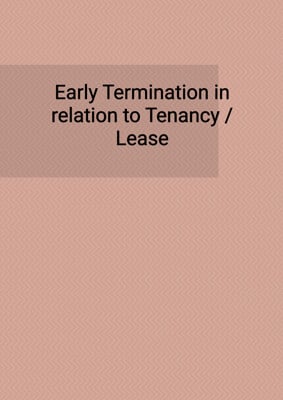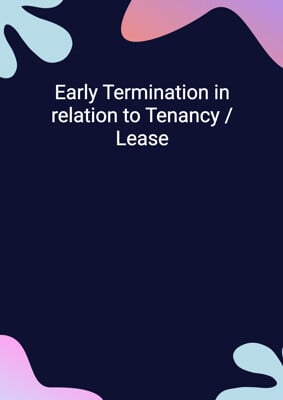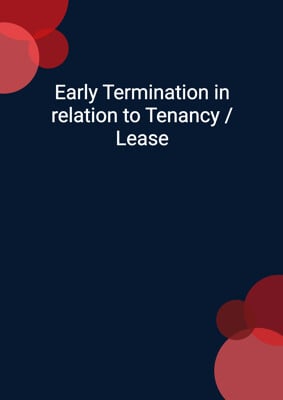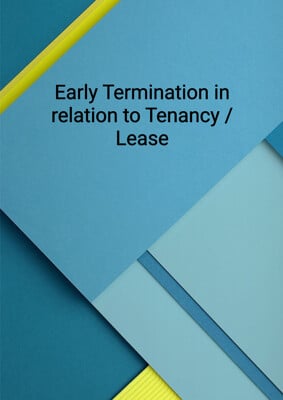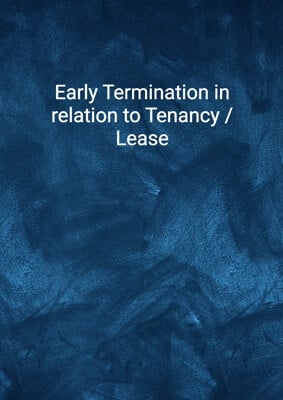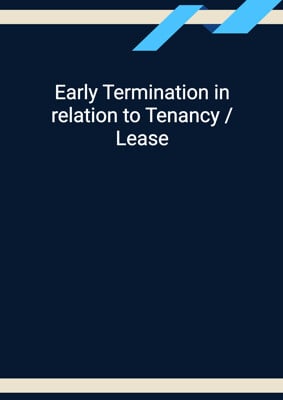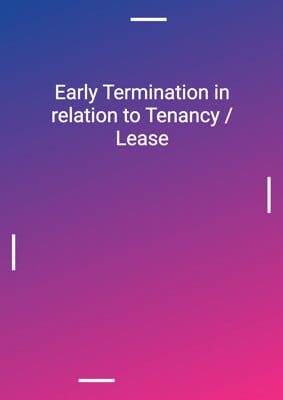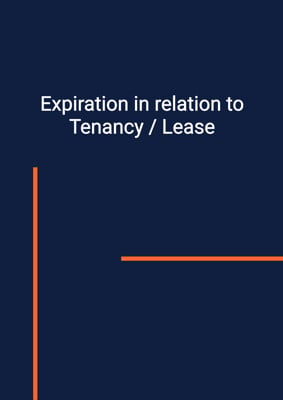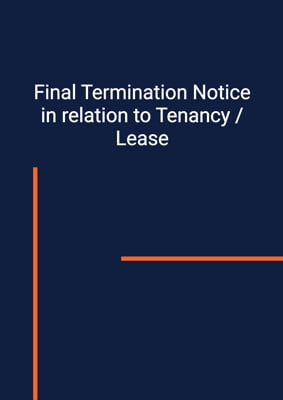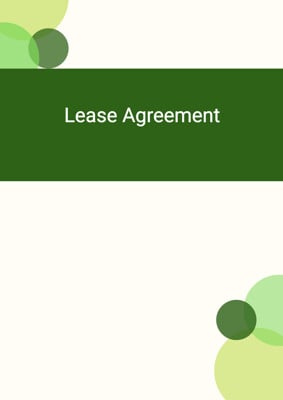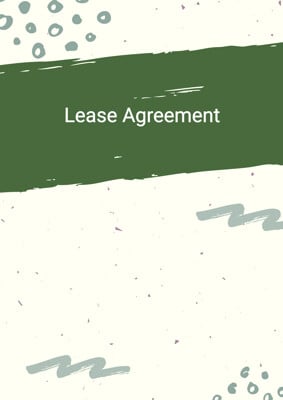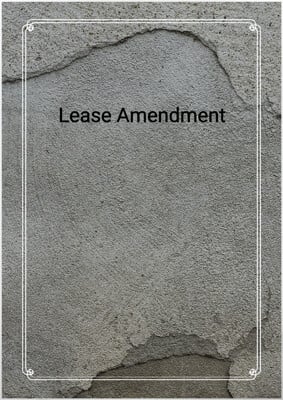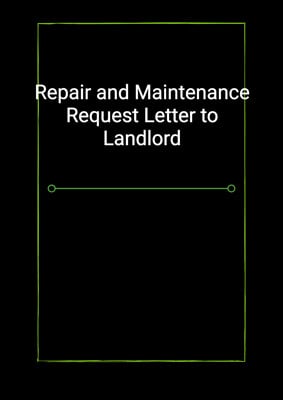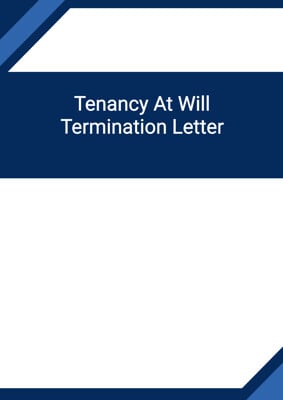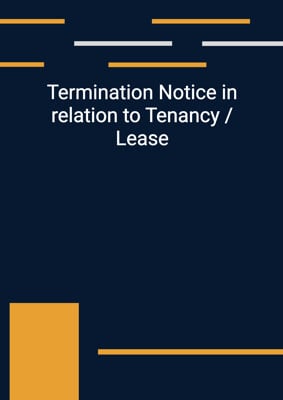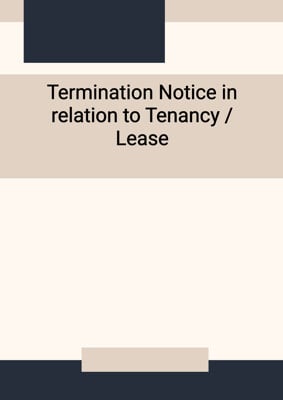How to Tailor the Document for Your Need?
01
Create Document
Fill in the details of the parties. You can click the "Fill with Member’s Information" button to complete it with information saved to your account.
02
Fill Information
Please fill in any additional information by following the step-by-step guide on the left hand side of the preview document and click the "Next" button.
03
Get Document
When you are done, click the "Get Document" button and you can download the document in Word or PDF format.
04
Review Document
The document should be signed by the authorised signatory (or directors of a company) and witnessed to complete the formality.
Document Preview
Document Description
The 'Tenancy Agreement' is a document that outlines the terms and conditions of a lease agreement between a landlord and a tenant. It is an important document as it serves as a legally binding contract that protects the rights and responsibilities of both parties involved.
The entire document consists of several sections that provide detailed information about the agreement. The first section is the introduction, which states that the agreement is a renewal of a previous tenancy agreement. It also mentions that the landlord and tenant have agreed to revise the terms of the original agreement.
The second section of the document is titled 'Premises' and it specifies the property that is being leased. It includes the address of the premises and mentions that it is being leased in a clean and tenantable condition. It also states that the lease is for a specific purpose.
The third section is titled 'Term of Lease' and it specifies the duration of the lease. It mentions the start and end dates of the lease agreement.
The fourth section is titled 'Rent' and it provides details about the rent payment. It states that the rent is to be paid in a specific currency and on a periodic basis. It also mentions that the rent includes furniture, electrical appliances, and other items as listed in the schedule.
The fifth section is titled 'Deposit' and it specifies the amount of deposit that the tenant is required to pay. It mentions that the deposit is to be paid within a specific timeframe after the signature of the renewal agreement.
The sixth section is titled 'Occupants' and it mentions the principal occupants of the premises.
The final section of the document states that all other terms and conditions remain the same as the original agreement. It also includes spaces for the signatures of both parties involved.
In summary, the 'Tenancy Agreement' is a detailed document that outlines the terms and conditions of a lease agreement between a landlord and a tenant. It covers various aspects such as the premises, term of lease, rent, deposit, occupants, and other terms and conditions.
How to use this document?
1. Enter the necessary information: Fill in the names and addresses of both the landlord and the tenant in the agreement. Make sure to accurately identify both parties.
2. Specify the premises: Clearly state the address of the property that is being leased. Also, mention the condition of the premises and any included furniture, fixtures, fittings, and equipment.
3. Determine the term of lease: Specify the start and end dates of the lease agreement. Make sure to clearly define the duration of the lease.
4. Discuss the rent payment: Provide details about the rent, including the currency, periodic basis, and any inclusions such as furniture and electrical appliances.
5. Settle the deposit: Specify the amount of deposit that the tenant is required to pay. Also, mention the timeframe within which the deposit should be paid.
6. Identify the occupants: Mention the principal occupants of the premises.
7. Review and sign the agreement: Carefully go through all the terms and conditions of the agreement. Once both parties are satisfied, sign the agreement to make it legally binding.
Note: This guidance provides a brief overview of the steps involved in using the 'Tenancy Agreement' document. It is important to thoroughly read and understand the entire document before proceeding with its use. Additionally, it is recommended to seek legal advice if needed.
Not the right document?
Don’t worry, we have thousands of documents for you to choose from:
